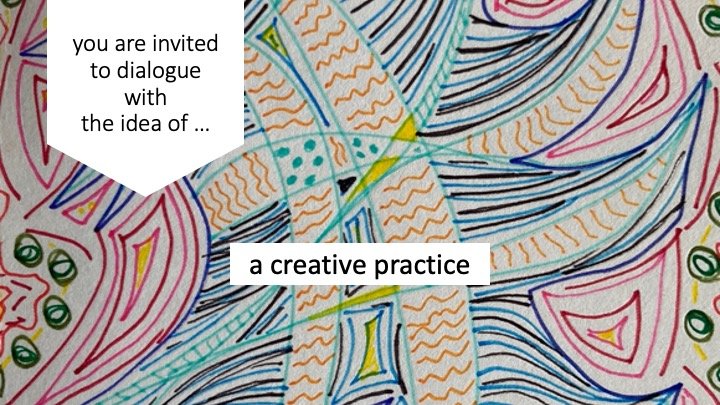
-
how the physical space of the studio makes a difference, what’s on the walls, the materials, my tables and easel
-
my use of images, sketchbooks, photos
-
how my practice is about the intangible too: commitment, values, intention, life choices
-
how rituals and routines support making art
-
the daily practice of journal writing, reading, intuitive painting, and time in the studio space
-
how the practice is nourished with gallery visits, books, talks
-
influences on my work of other painters and philosophers
After reflecting on their own work, we discussed aspects of the physical space in which conflict transformation happens, the meeting rooms people sit in, the food offered. Every aspect incorporates a message to participants and contributes to the conditions in which dialogue happens.
We talked about visualising ideas to simplify and to adjust thinking.
And arising as perhaps most important was the question of how time and space for creative, non-linear thinking might be incorporated in the pressurised processes of conflict transformation and peace-building.
I labelled this idea ‘the imaginal space’ and next time, I’ll share our deeper dive into what happens there.
